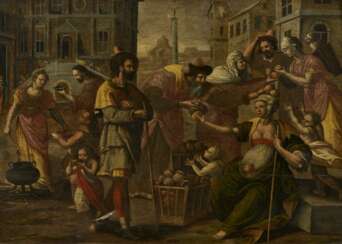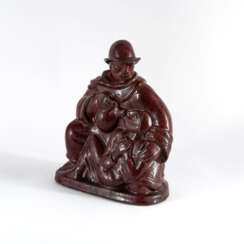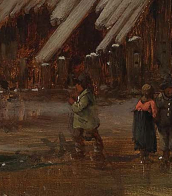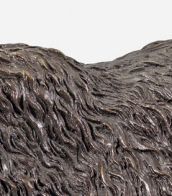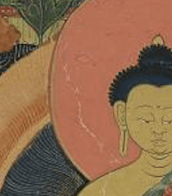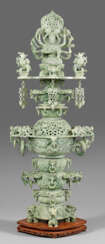barmherzigkeit

Mathurin Moreau was a distinguished French sculptor, celebrated for his contributions to the academic style of the 19th century. Born into an artistically eminent family in Dijon, France, on 18 November 1822, Moreau honed his craft under the guidance of his father before enrolling at the prestigious École des Beaux-Arts. He emerged on the artistic scene with his first exhibition at the Salon of 1848, and his mastery of sculpture earned him a medal of honor from the Salon in 1897.
Moreau's legacy is enshrined in the beauty of his statuary art. His works, especially the cast iron fountains with patina bronze, are admired in public squares across major cities globally. These pieces exemplify the blend of technical skill and aesthetic vision that defines Moreau's style. His artistry continues to captivate collectors and art aficionados, with his pieces fetching considerable attention at auctions and exhibitions.
As an artist who significantly shaped the visual landscape of his time, Mathurin Moreau's creations are a testament to the enduring allure of classical sculpture. For those with a passion for 19th-century art, Moreau's works offer a timeless elegance that complements any collection. If you wish to delve into the world of M. Moreau's sculptural masterpieces, sign up for our exclusive updates and unearth the magnificence of this sculptural maestro's works.


Sarah Schumann was a German painter. She concentrated on painting and in 1953 had her first solo exhibition at Zimmergalerie Franck in Frankfurt am Main. She joined the women's group "Bread and Roses". During that time she worked on three films by director Helke Sander. In 1977 she was one of the initiators of the exhibition Female Artists International 1877-1977 in Frankfurt am Main and painted large portraits of women.

.jpg)
Ernst Heinrich Barlach was a German expressionist sculptor, medallist, printmaker and writer. Although he was a supporter of the war in the years leading to World War I, his participation in the war made him change his position, and he is mostly known for his sculptures protesting against the war. This created many conflicts during the rise of the Nazi Party, when most of his works were confiscated as degenerate art. Stylistically, his literary and artistic work would fall between the categories of twentieth-century Realism and Expressionism.


Francesco Bassano the Younger Italian painter of the Renaissance period.


Simon de Vos was a Flemish painter, graphic artist and art collector, a member of the Guild of St. Luke in Antwerp.
Simon de Vos specialized early in his career in cabinet and genre painting in the style of the Utrecht Caravagistes. His depictions of merry company and scenes from fables are well known. From about 1640 he increasingly painted large-scale religious, allegorical and historical scenes in the style of Peter Paul Rubens and Antoni van Dyck. Among his pupils was Jan van Kessel the Elder (1626-1679).
Simon de Vos was financially successful: by the end of his life he owned four estates in Antwerp and a collection of 290 paintings.






















